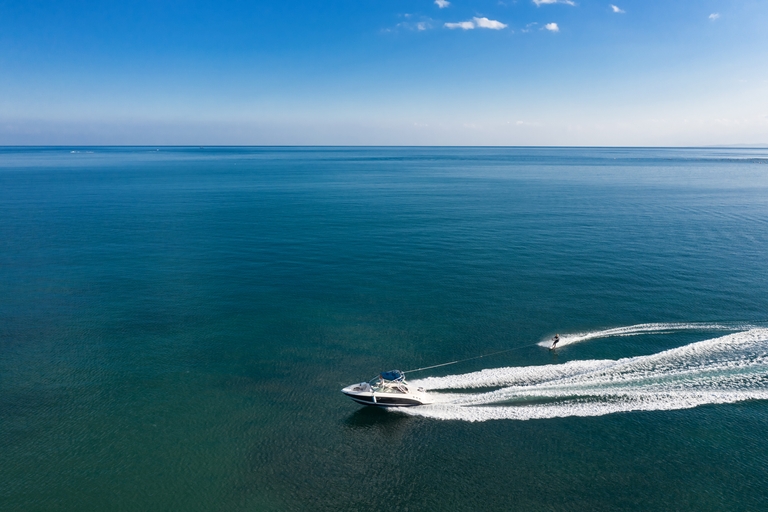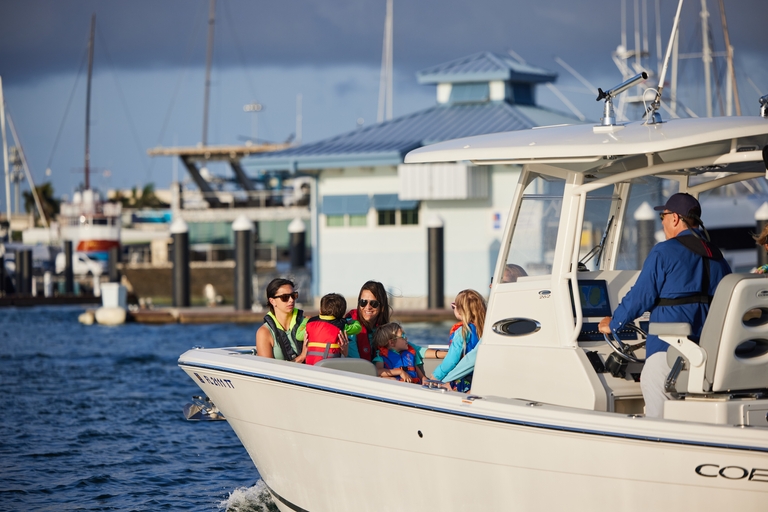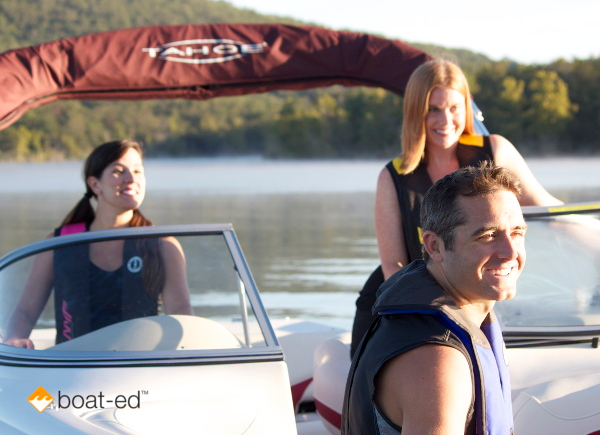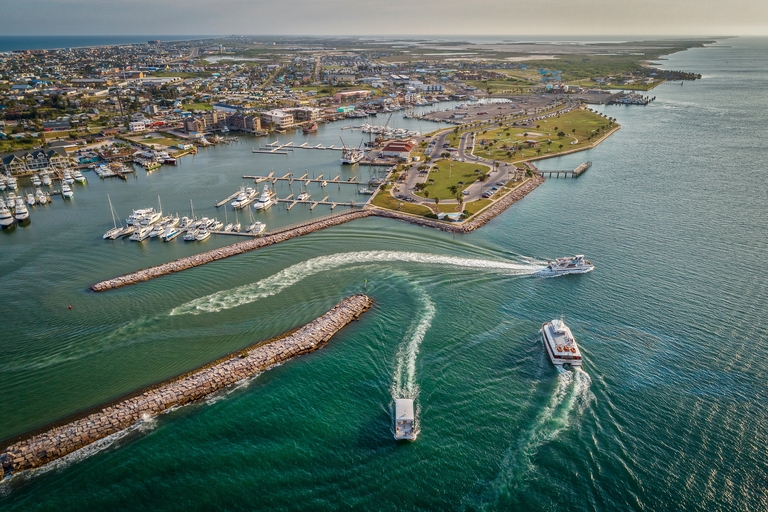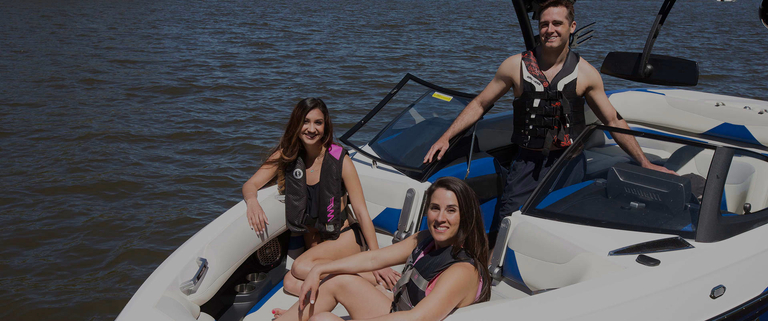How to Avoid Swamping Your Boat
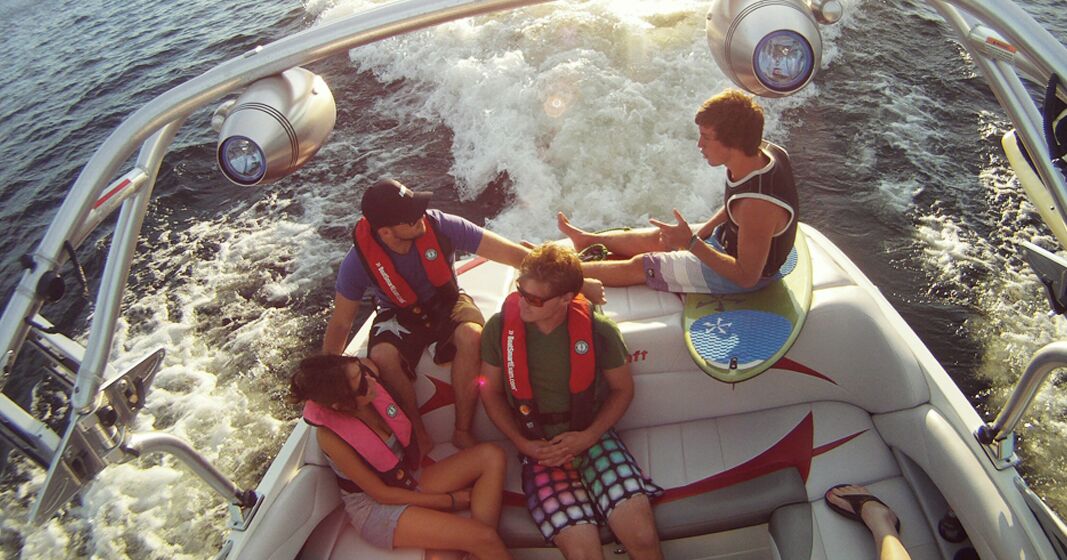
Spending time on the water can be tremendously fun, but it carries some risks. Fortunately, you can reduce those risks if you know critical safety skills, such as how to avoid swamping your boat.
Swamping occurs when water gets over the edge of your vessel and overwhelms it, causing it to lose buoyancy. Common causes of swamping include overloading, waves, wakes, improper distribution of weight, and bad weather conditions.
Here's what you need to know to reduce your chances of getting a swamped boat so you don't need an emergency rescue and, instead, enjoy fun and safe boating adventures.
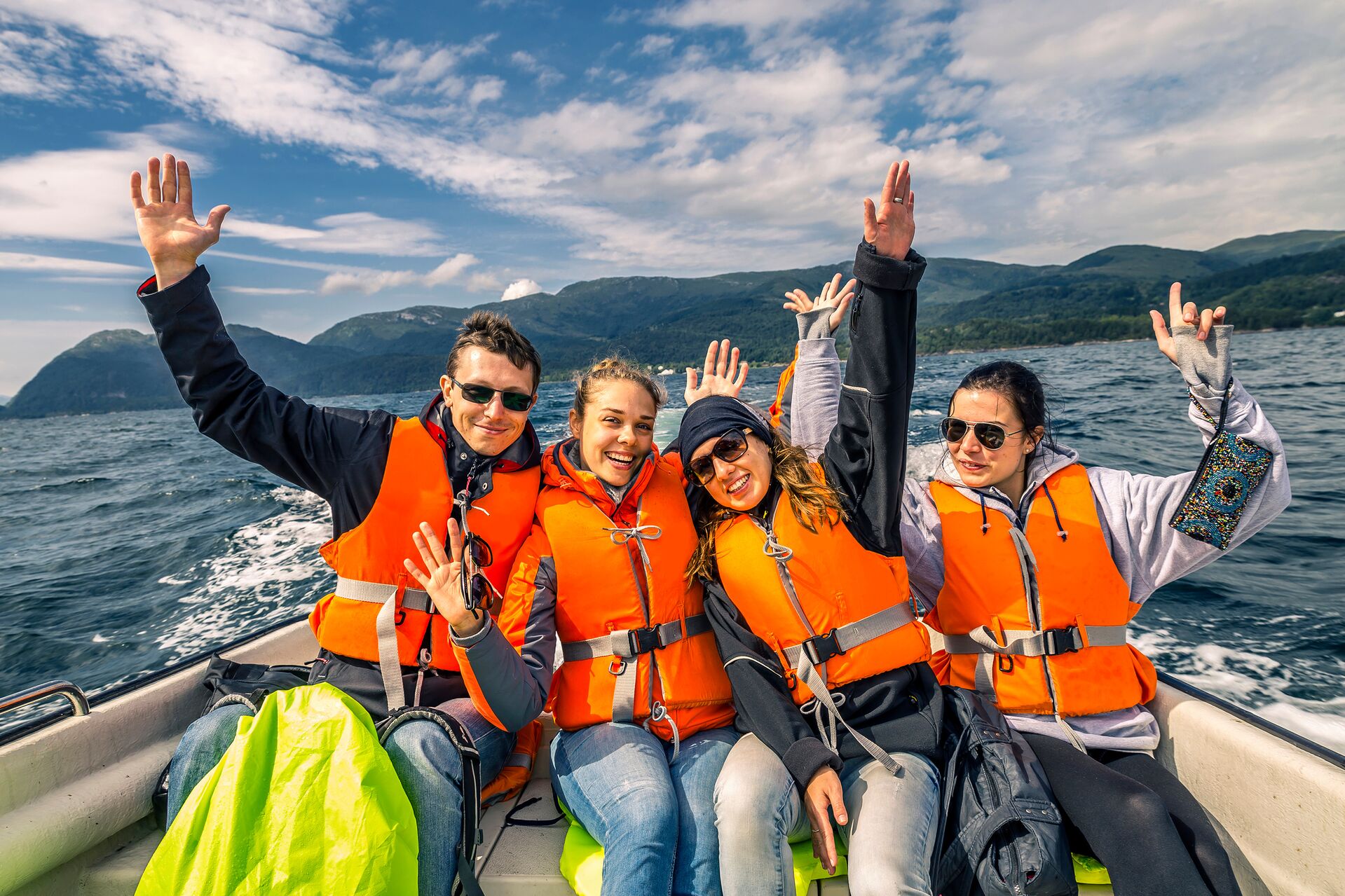
Follow Proper Weight Distribution
One of the biggest causes of a swamped boat is uneven weight distribution. In other words, having too many passengers or too much gear gathered in one part of the boat can lead to swamping.
For example, you don't want all the gear in the bow or stern, and you don't want all the passengers sitting on one side.
Boats must stay balanced to improve their buoyancy and maneuverability and have weight and passenger limits to consider. Even a well-balanced vessel can risk swamping if you load too many passengers or too much gear into it. Heavily loaded boats are less stable and sit lower in the water.
However, it's easy to avoid overloading your boat if you understand the capacity limitations of your vessel and plan accordingly.
Know Your Boat's Freeboard Limit
Be aware of the distance between the waterline and the top of the boat's sides. You want to travel in a way that preserves this limit and avoid scenarios where water could easily make its way over the side.
Remember: the more weight you add to your boat, the lower it will sit in the water. This can raise your swamping risk because it shortens the space between the top of the boat's side rail and the waterline.
Be Mindful of Weather and Water Conditions
Before you head out on the water, take time to check the weather forecast. You don't want to get far from shore and then find that the wind is picking up or there's a storm rolling in. It's always better to avoid boating in rough waters, and anytime the forecast calls for strong winds.
If the weather unexpectedly changes or your vessel feels too unstable for the current water conditions, it's a good idea to get your boat to shore as soon as possible. You don't want to take a chance that could become a disaster, especially in cold water, where issues like hypothermia could quickly affect you or your passengers.
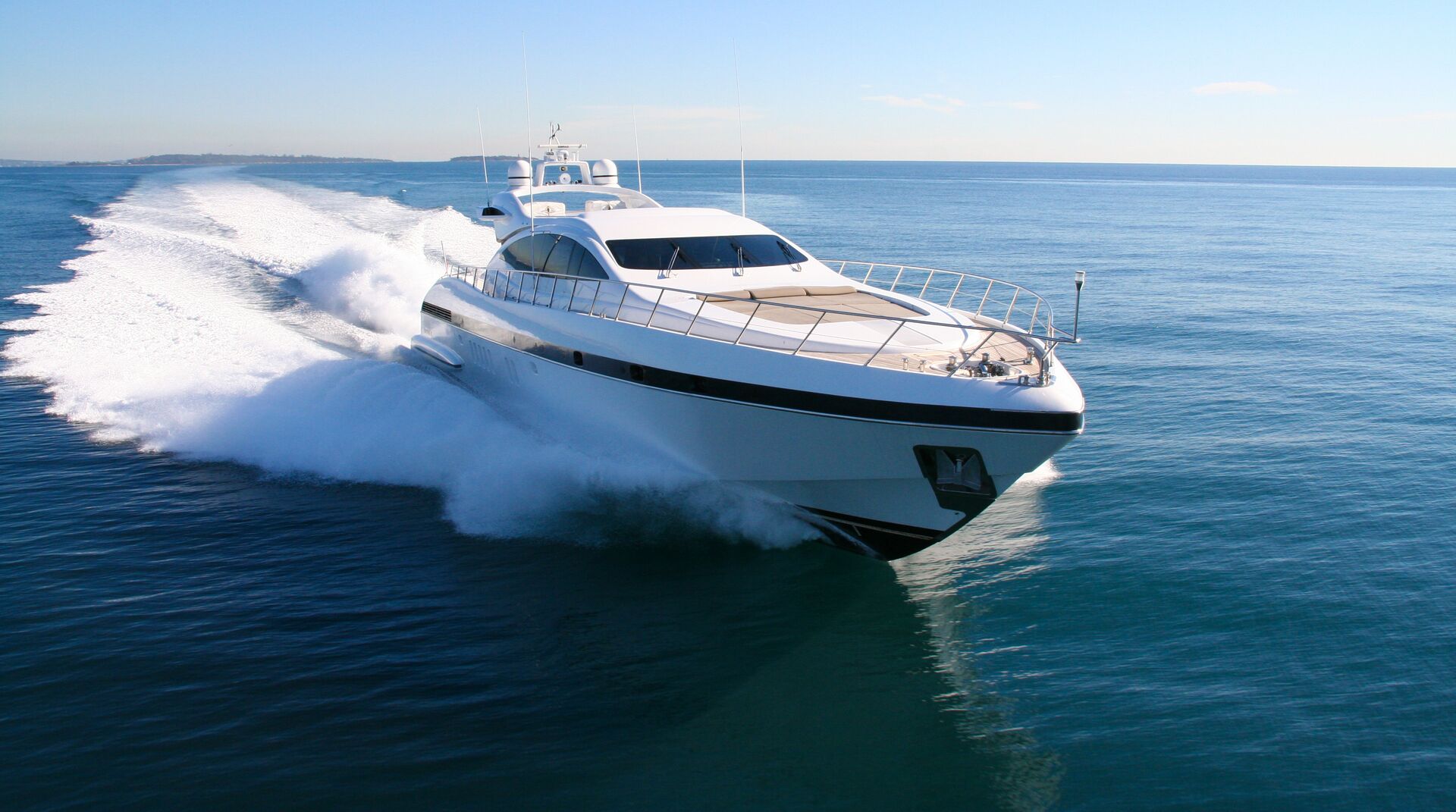
Operate Your Boat at Safe Speeds
Another crucial way to avoid swamping your boat is to slow down when navigating rough waters, near large wakes, or when passing other vessels. Also, reduce your turning speed to minimize the risk of tipping or taking on water.
Going fast and turning sharply can be fun, but it's unsafe unless you're in a boat designed explicitly for those maneuvers.
Position Yourself and Your Passengers Properly in the Boat
It's fun to gather with friends and family to talk and enjoy yourselves, but you should avoid letting everyone gather at one end of the boat, especially in small vessels. The weight of everyone in one place can pose a serious swamping risk.
All your passengers should remain seated while the boat is in motion, too, so the additional movement doesn't tip the balance and put your boat and its occupants at risk. By staying focused on how to avoid swamping your boat, you can still have a great time and a much higher chance of returning safely to the dock at the end of your adventure.
Always Wear Life Jackets
Ensure everyone on board has access to properly fitted life jackets. These are essential if the boat takes on water, and you don't want to wait for a crisis to realize you don't have the proper safety gear.
Use Proper Draining and Bilge Systems
Before you launch your boat, ensure that scuppers, bilge pumps, and drain plugs are functional and properly secured. Forgetting to check these critical components can create a problem that could have been avoided if water makes it onto your boat.
Also, keep the bilge area dry and clear of debris so everything works as it should and you can see if problems are starting.
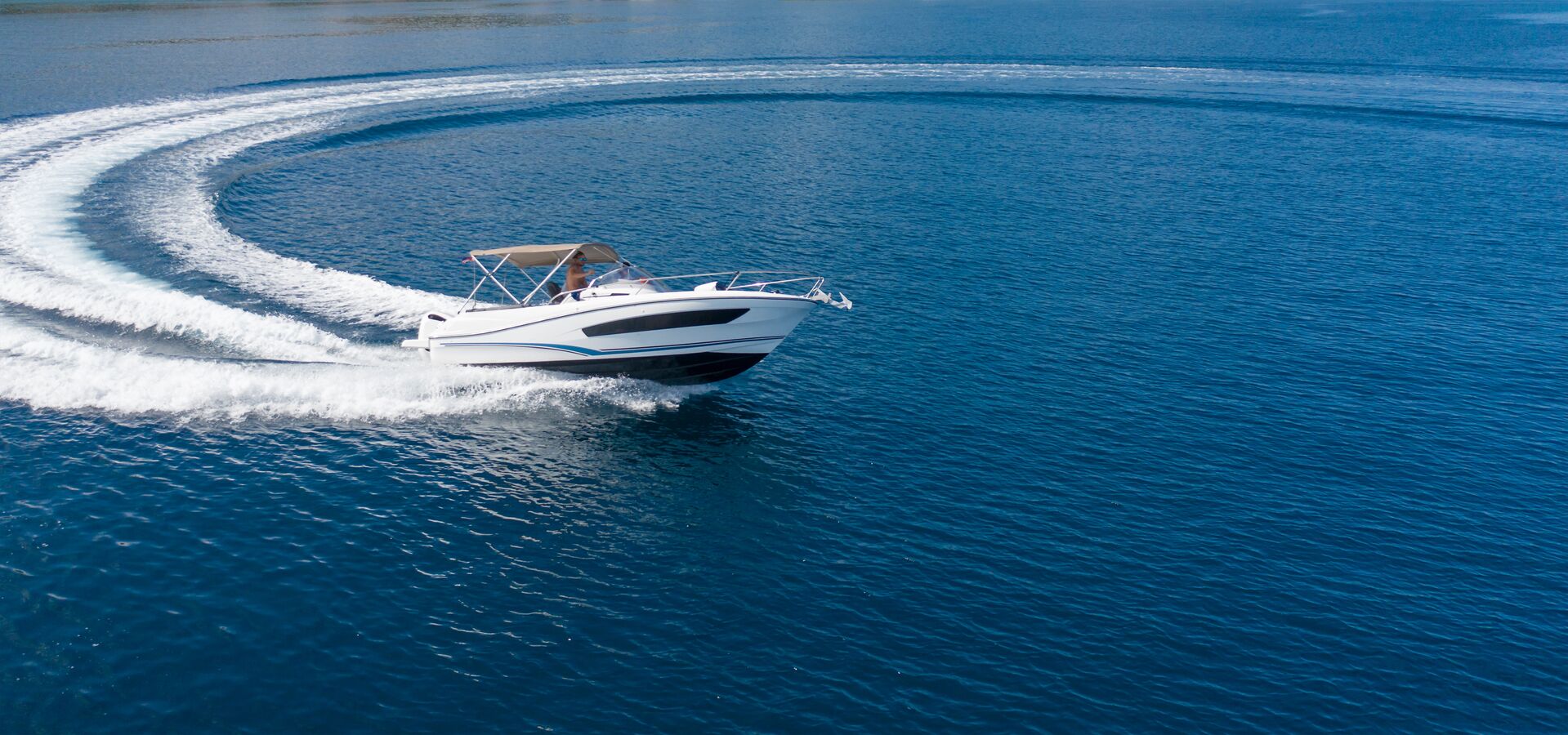
Avoid Taking on Large Waves
You should approach waves at a 45-degree angle rather than head-on or broadside, especially if they're large or conditions are worsening. When you reduce speed, you can manage the impact of incoming waves more effectively and lessen your swamping risk.
Maintain Your Boat Properly
Good maintenance is crucial to boating safety. You should regularly check for leaks or damage to the hull and inspect and maintain the engine and steering systems for safe operation.
Then, if you find a problem with your boat, repairing it quickly and properly is the right way to reduce risk. If you're unsure how to make the repair, hire someone with good knowledge and abilities to fix your boat correctly.
Respond Quickly to Emergencies
If water enters your boat, you must remove it immediately. To do that, have a bailer or manual pump on board to remove water quickly.
Also, train your passengers on what to do if swamping begins, including wearing life jackets and staying calm. Panicking can make a difficult or tense situation worse.
Stay Alert to Your Surroundings
Staying alert is one of the best ways to stay safe and reduce swamping risk. Watch for large wakes, floating debris, or unexpected hazards, and communicate with other boaters to avoid creating unsafe wakes.
Doing this can keep you safe and also protect others who share the waterways.
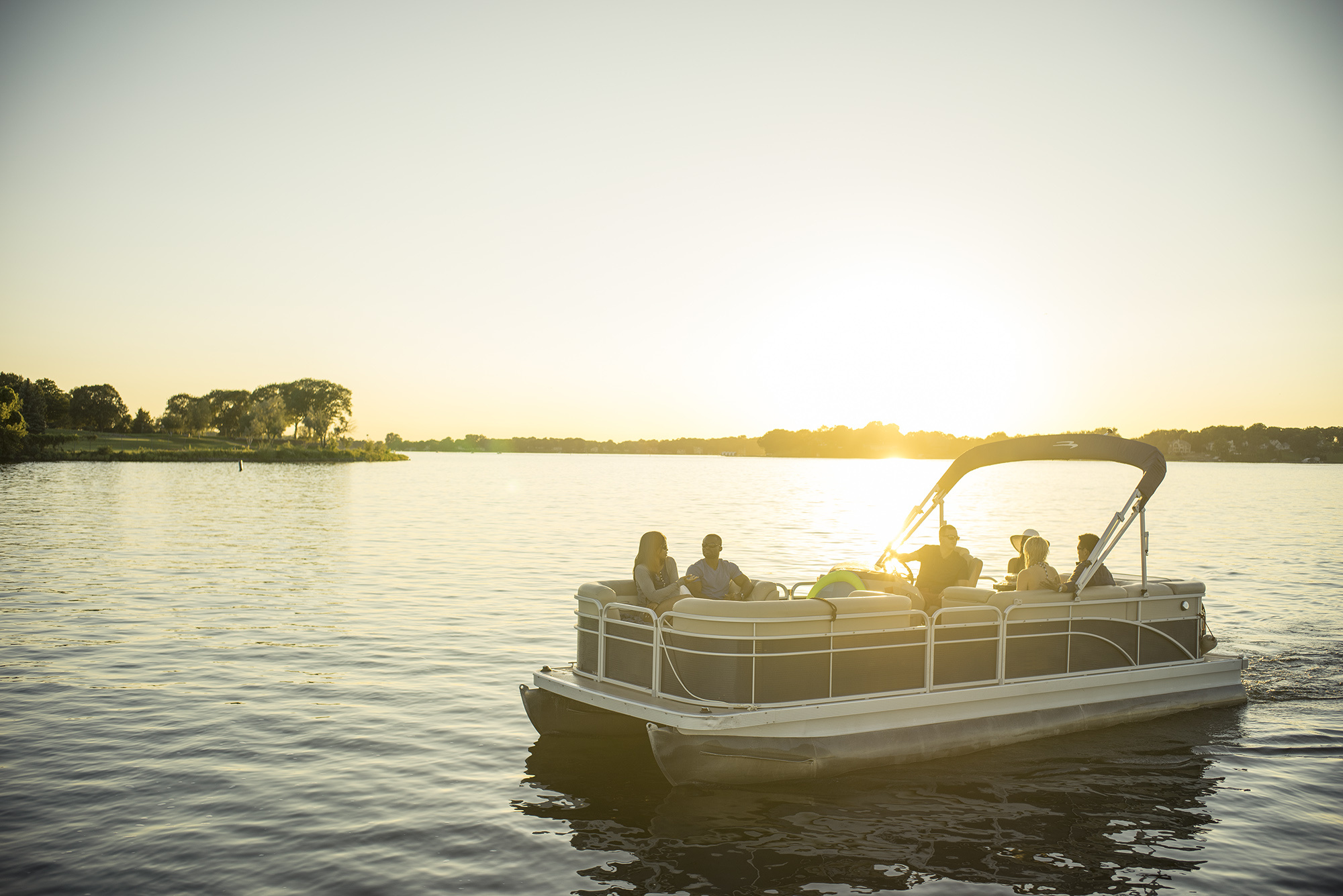
A Boater Education Course Helps You Learn How to Avoid Swamping Your Boat (and More)
What should you do to avoid capsizing or swamping your boat? Follow the tips we shared today and take a boater education course!
Every boater should take a boat education course to stay safe and understand navigation, boating etiquette, and other specifics of enjoying the water. With this knowledge, you can feel confident and have more peace of mind, so you can focus on having fun.
Plus, most states require boaters to pass a certification course to boat legally. The best way to meet this requirement is to take an online course through Boat-Ed! We make it convenient and fun to learn how to keep yourself and others safe on the water.
Complete your course before launching your boat this season! Choose the course for your state or our course for Canadian boaters, and start learning right away with our free study guides.

